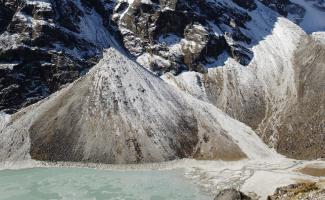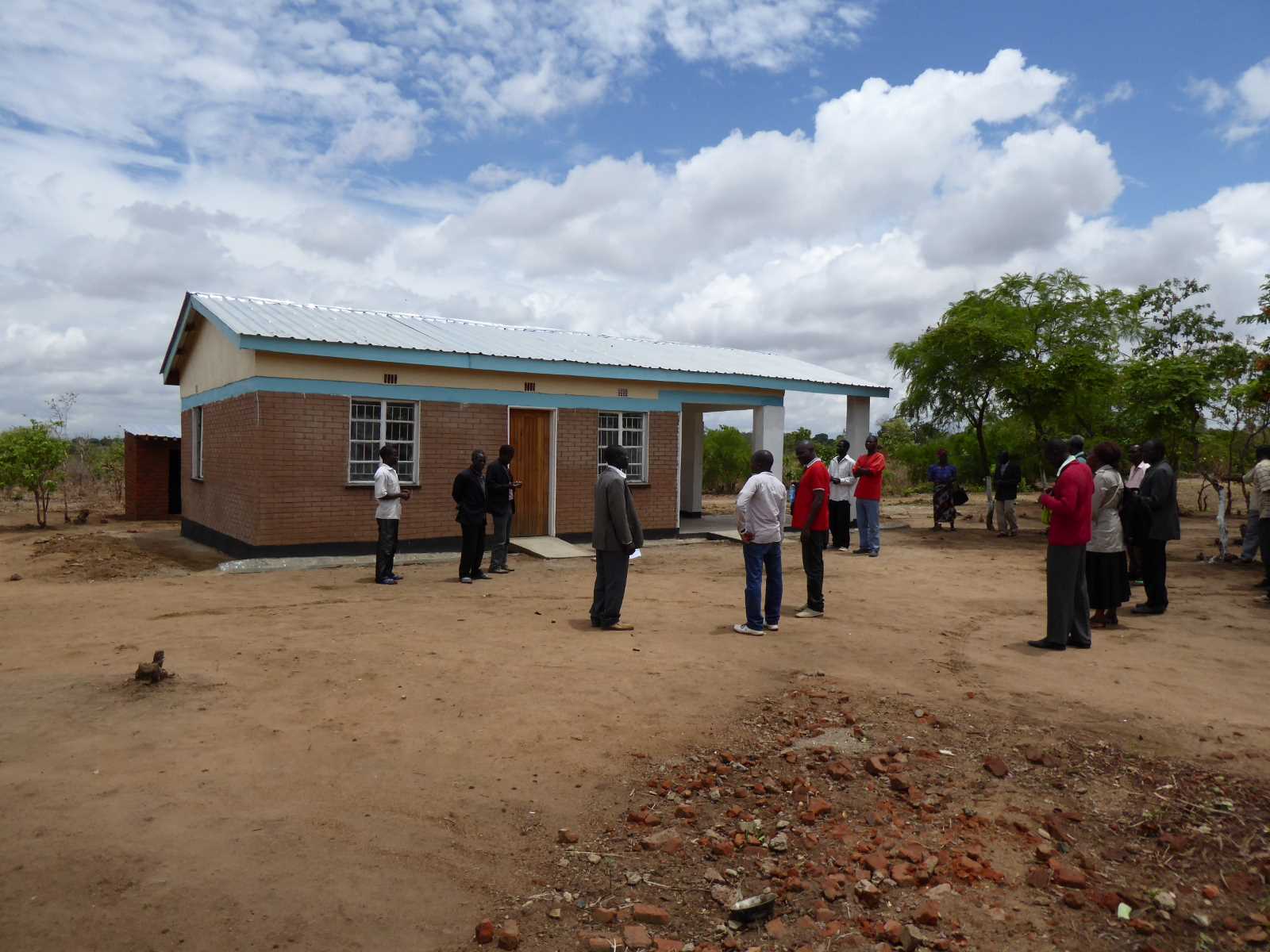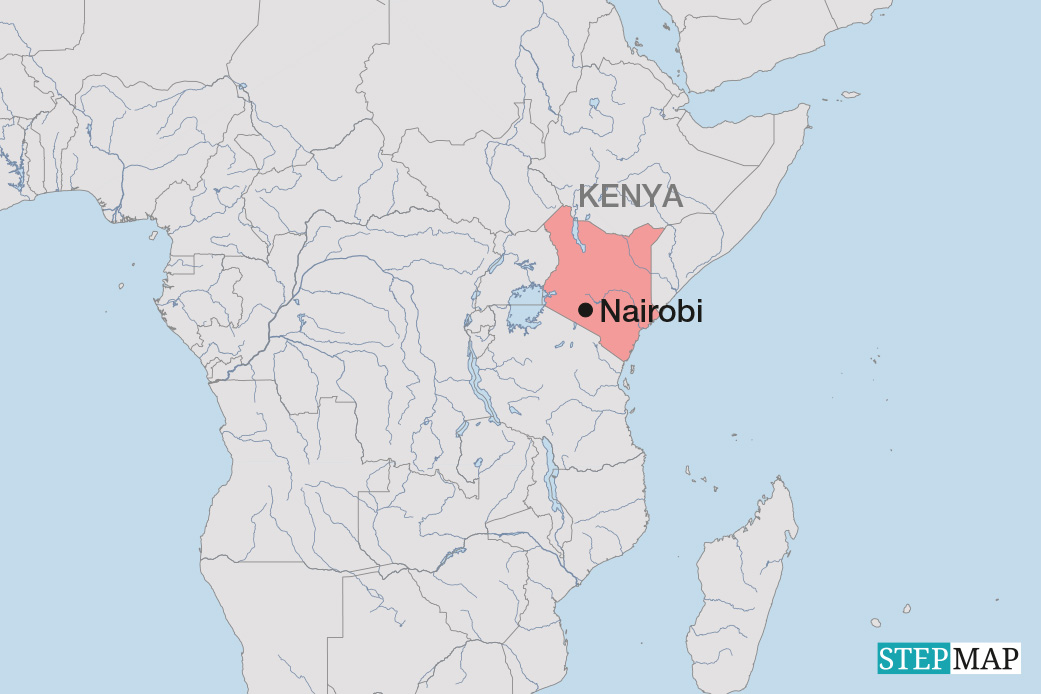Water scarcity
Thawing glaciers

Apart from the North and South Pole, no other world region has such enormous quantities of ice as the Himalaya mountain range. The Hindu Kush Himalaya (HKH) is a complex mountain system. It provides fresh water resources to more than 210 million people in the mountains and 1.3 billion people downstream.
Three major rivers – the Indus, the Ganges and the Brahmaputra – arise in the Himalayas and flow to South Asia, whereas the Yellow River, Yangtze, Mekong, Irrawaddy and Salween Rivers arise from the Tibetan Plateau and flow to China and Southeast Asia. These giant rivers are the source of water for drinking, washing, irrigation, fishing and industry. In times of drought, it is only thanks to the water from the Himalaya glaciers that the rivers do not run dry and that groundwater resources are recharged.
However, the median temperature on Mount Everest – the highest peak of the Himalaya mountains – is now 1.5 degrees higher than at the beginning of industrialisation, as a recent study published in the science journal Nature reports. The impacts are potentially disastrous:
- Glacier lakes fill up too high so dams become more likely to break, devastating villages downstream.
- Dwindling glaciers today mean there will be less spring meltwater in the future. Countries that mostly depend on Himalaya water will suffer most.
According to the journal “Asia’s glaciers are a regionally important buffer against drought”, glaciers are a “uniquely drought-resilient source of water.” The summer meltwater from the Himalayas is declared to be sufficient for the “annual municipal and industrial needs of Pakistan, Tajikistan, Turkmenistan, Uzbekistan and Kyrgyzstan”. In drought summers, most river water in the upper Indus and Aral basins is meltwater. The world’s largest system of irrigated agriculture is situated along the Indus river and depends totally on its water. The region’s farmers are very vulnerable to drought, since the summer monsoon is less dominant here than farther east.
The author of the paper, Cambridge University glaciologist Hamish D. Pritchard, maintains that the “populations of High Mountain Asia (HMS) are particularly vulnerable to water shortages”. Over the past century, drought has been the most damaging form of natural disaster in the region, causing more than 6 million deaths and affecting 1.1 billion people. Pritchard warns: “This water-stressed and vulnerable region is not well prepared for the sustained droughts that have periodically afflicted it.”
The long-term challenge is that glacial ice – the only buffer to protect against extreme water shortages on seasonal and longer timescales – is dwindling. Glacial meltwater supply continues in droughts. Pritchard argues that “unlike seasonal snow cover that fluctuates annually, glaciers delay the passage of water through the hydrological system by storing precipitation as ice, which flows slowly to lower altitudes before melting in summer.”
Climate science predicts more drought-related water and food shortages in Asia in coming decades. The problems will be exacerbated by further loss of glacial ice, which, of course, is an impact of global warming too. In future summers, the author points out, rivers’ meltwater input may “decrease by half or more, exposing downstream populations to yet greater water stress.” This could be a “potential trigger for a corrective price shock that could be profoundly destabilising for the region,” Pritchard warns.
Link
Hamish D. Pritchard, 2017: Asia’s glaciers are a regionally important buffer against drought, Nature magazine.
http://www.nature.com/nature/journal/v545/n7653/full/nature22062.html















